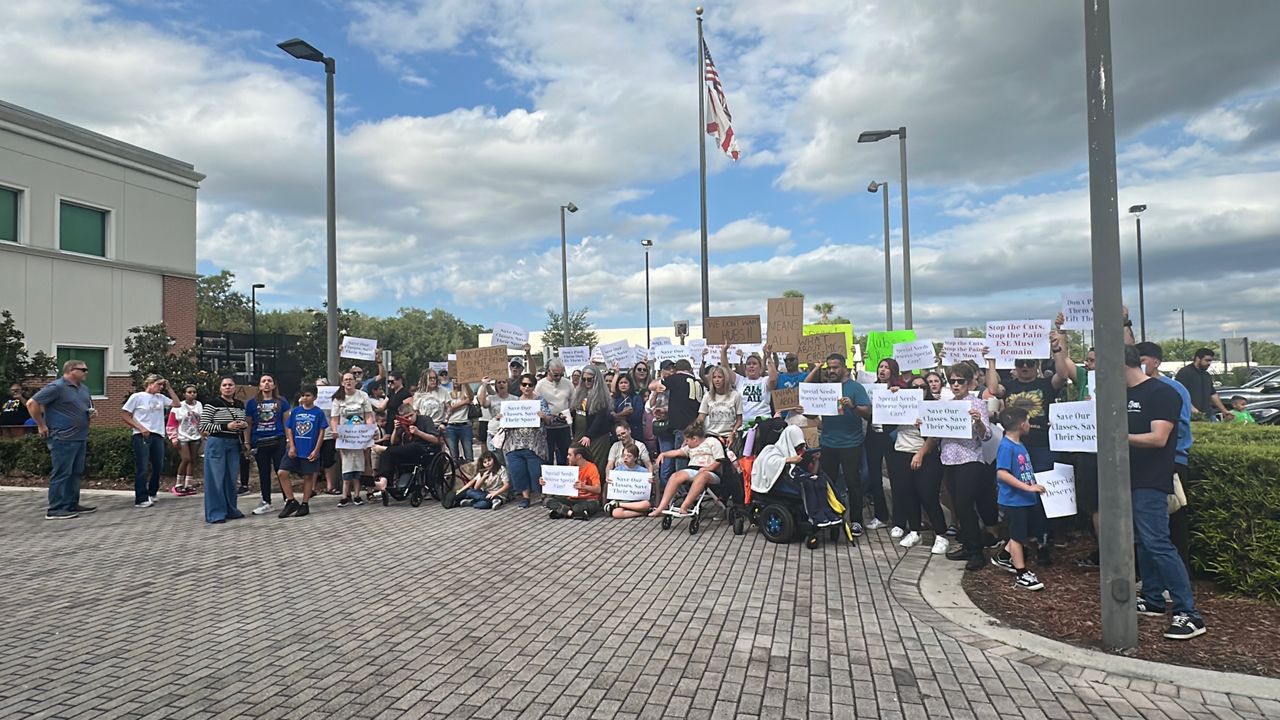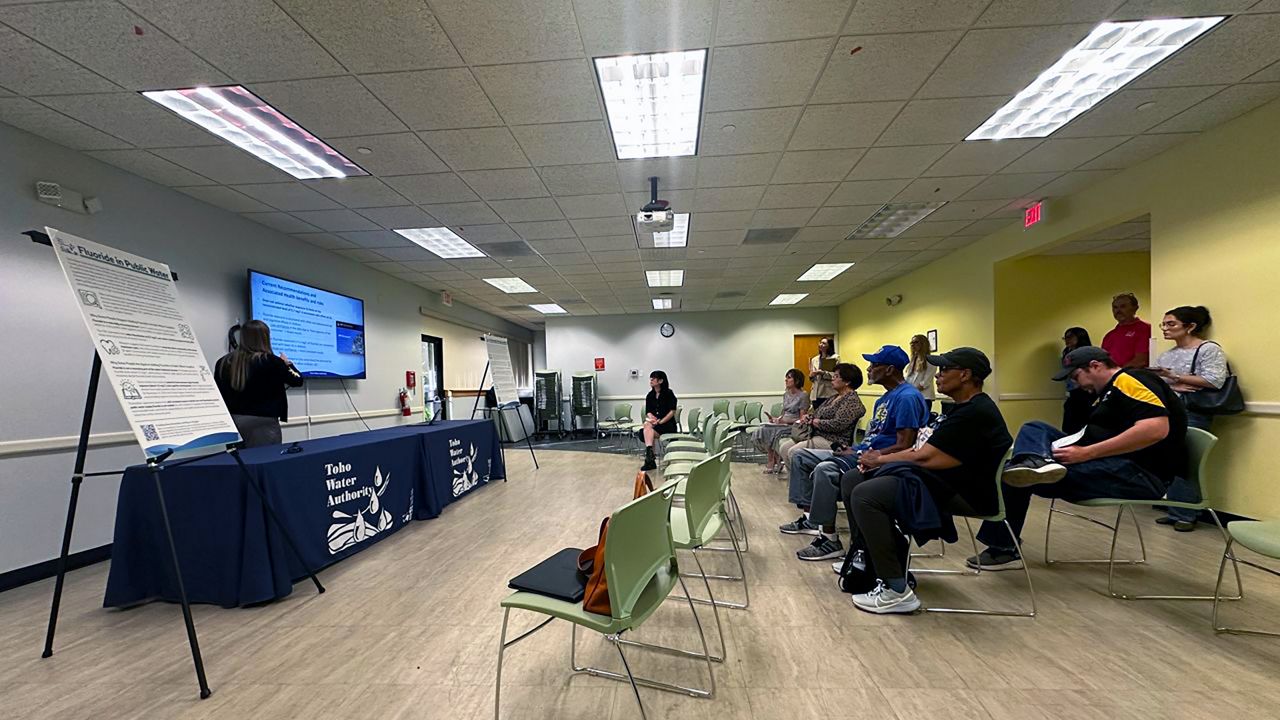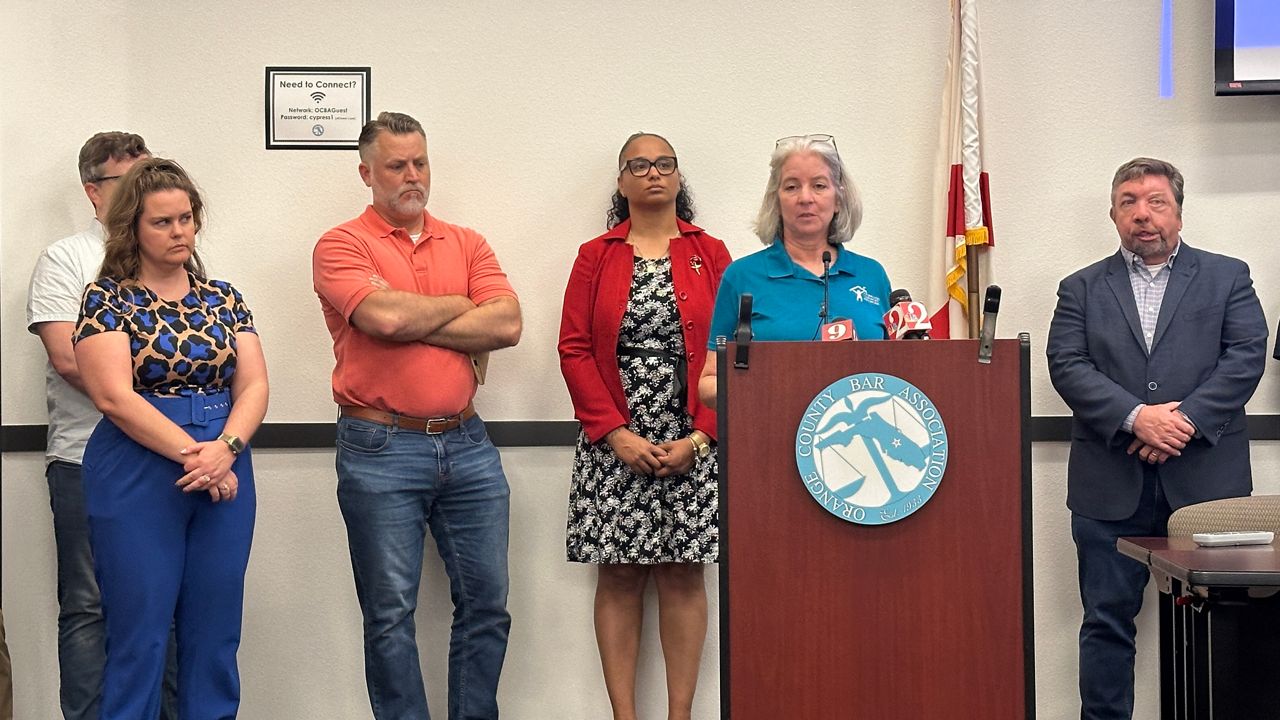OSCEOLA COUNTY, Fla. — A proposal to add $19.5 million in “glamping” amenities to a 35-acre Osceola County park on the south side of Lake Toho is facing a backlash from environmental advocates in the wake of the August rollout of a controversial plan by the Florida Department of Environmental Protection to upgrade several state parks with recreational amenities including golf courses, pickleball courts and 350-room lodges.
However, the upgrade to the Southport Regional Park — which is owned by the state but managed by the county — was never a part of the DEP plan but included in a 2013 county master plan to allow for the option of developing “high-end glamping” features.
Osceola County has managed the park since 1967 but passed maintenance operations to Boggy Creek Adventures in 2001, which operates airboat tours on Lake Toho.
Chris Park, who purchased the airboat company in June, plans to build more than 50 glamping cabins, an amphitheater, a boardwalk and fish docks, along with other upgrades.
“The sewer needs to be redone. The water needs to be redone. The power needs to be redone, and it’s just dated right now,” Park said.
One condition to extend the agreement between the county and Boggy Creek, said Park, would have to “make capital improvements to the existing campground facilities.”
However, some environmental advocates from Central Florida’s Sierra Club oppose the upgrade.
Chairwoman Marjorie Holt said plans are “too intense for the surrounding rural area, including the wildlife the park protects.”
The land is home to different species, such as bald eagles and sandhill cranes.
Holt said another reason for their disapproval is that the county is allowing private development on public land without allowing public input.
Despite concerns from the community, Park said he promises the project will be done in the least environmentally intrusive way possible, saying, “we cater to eco-friendly tourists. That’s who we do, so as you can tell, this park is absolutely gorgeous. Our plan isn’t to take down any of the trees at all. We just want to bring back the luster that it had and allow people to use it again.”
Park would like to see the project finished in the next two years, but expects it will take some time to get approval from dozens of agencies he must go through to get along with the revamping process.
He also said the large price tag is to make sure the project has the least negative impact on the park’s environment.










